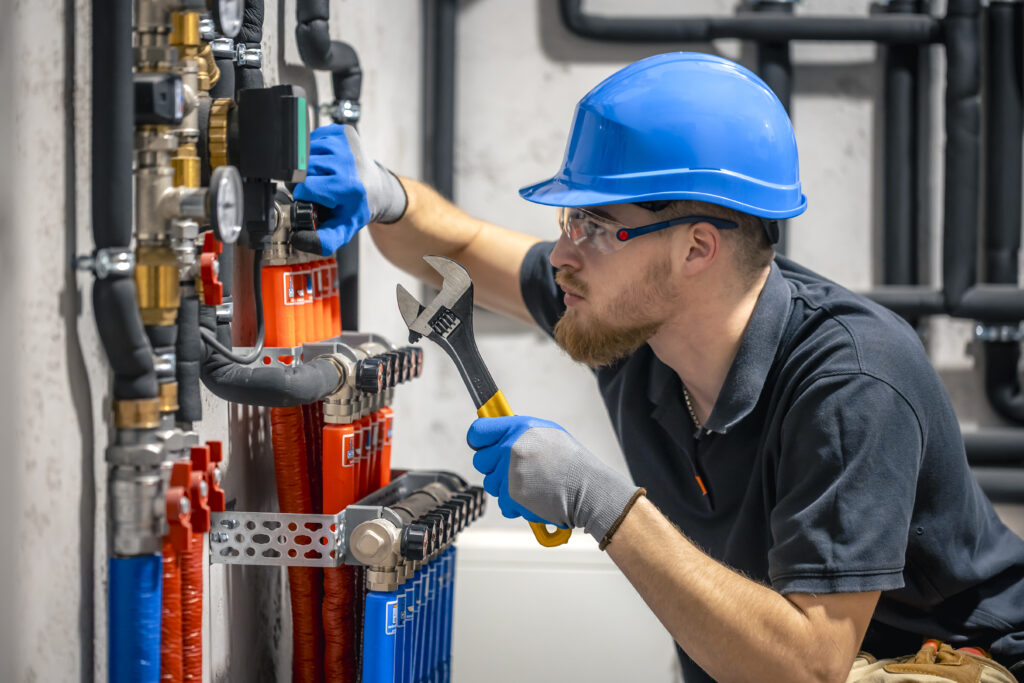What is a Torque Calibration Tool?
A torque calibration tool is a specialized device used to test and calibrate torque instruments such as torque wrenches, torque screwdrivers, and torque testers. These calibration tools help maintain consistent and accurate torque output by measuring and comparing it against a known standard or reference.
In essence, the goal of calibration is to ensure that your torque equipment is performing within acceptable tolerance limits. This becomes critical when assembling components where torque errors could lead to mechanical failure, product recalls, or safety hazards.
Why is Torque Calibration Important?
- Accuracy and Reliability
Torque tools can drift over time due to wear, misuse, or environmental conditions. Regular calibration ensures they continue to apply the correct amount of force. - Safety Compliance
In industries like aerospace and automotive, improper torque settings can lead to equipment malfunction, posing safety risks. Calibrated tools help maintain compliance with international safety standards such as ISO 6789 or ASME B107. - Cost Reduction
By using calibrated tools, businesses can reduce the chances of over-torquing or under-torquing, which often results in damaged components or costly rework. - Quality Assurance
Torque calibration is a key component of any quality control process. It ensures consistency in assembly lines and helps manufacturers deliver reliable products.
How Does a Torque Calibration Tool Work?
A torque calibration tool works by measuring the output torque from a wrench or screwdriver and comparing it to a pre-set reference value. If the output deviates from the standard, adjustments are made.
Here’s how the typical calibration process unfolds:
- Setup: The torque tool is connected to the calibration device, usually a torque transducer or sensor.
- Testing: The tool is activated to apply force, and the calibration tool measures the torque.
- Adjustment: If necessary, the tool is adjusted to bring the torque output within the acceptable range.
- Certification: A calibration certificate is issued, documenting the tool’s performance and compliance with standards.
Types of Torque Calibration Tools
There are several types of torque calibration tools available, depending on the application:
- Torque Testers
Portable or benchtop devices that provide real-time feedback on torque output. Often used in workshops or quality labs. - Torque Transducers
High-precision sensors that convert mechanical torque into an electrical signal. Commonly used in automated test systems and research. - Dead Weight Testers
Known for their high accuracy, these use physical weights and levers to apply a known torque. Suitable for laboratory environments. - Electronic Calibration Units
These advanced tools use digital interfaces, load cells, and software for highly accurate and automated calibration. - Hydraulic Torque Calibration Systems
Utilized for heavy-duty industrial applications, particularly when dealing with large torque outputs (e.g., oil & gas or wind turbine sectors).
Calibration Standards and Frequency
Torque calibration tools and procedures follow standards such as:
- ISO 6789 – For hand torque tools
- NIST (National Institute of Standards and Technology) – For traceability and accuracy
- ASME B107 – American standard for torque tools
The recommended frequency for calibration depends on usage and industry requirements. Most manufacturers suggest calibration every 6 to 12 months, but tools used frequently or in critical operations may require more frequent checks.
Maintenance and Best Practices
To get the best performance from your torque calibration tools:
- Store Properly: Keep them in protective cases or environments with stable temperatures.
- Handle with Care: Avoid dropping or overloading the device.
- Regular Inspection: Check for wear, corrosion, or mechanical damage.
- Use Certified Labs: Always calibrate through certified and traceable laboratories.
Keeping a detailed calibration log is also important for audits, especially in industries with strict compliance regulations.
Benefits of Using Torque Calibration Tools
- Improved Product Quality: Ensures consistent torque levels during assembly.
- Extended Tool Life: Prevents overuse and mechanical strain on torque tools.
- Operational Efficiency: Reduces downtime and costly rework due to torque errors.
- Enhanced Reputation: Demonstrates commitment to safety and quality to customers and stakeholders.
- Regulatory Compliance: Meets industry standards and avoids legal issues or product recalls.
Conclusion
In the world of precision engineering and manufacturing, the importance of torque accuracy cannot be overstated. Torque calibration tools are indispensable for maintaining the performance and reliability of torque equipment. They help ensure that tools remain within specification, comply with safety standards, and contribute to the overall quality of the end product.
By investing in torque calibration tools and following best practices, businesses not only safeguard their operations but also demonstrate a serious commitment to quality and safety. Whether you’re running a small automotive workshop or a large industrial plant, torque calibration should be an integral part of your maintenance and quality assurance program.


